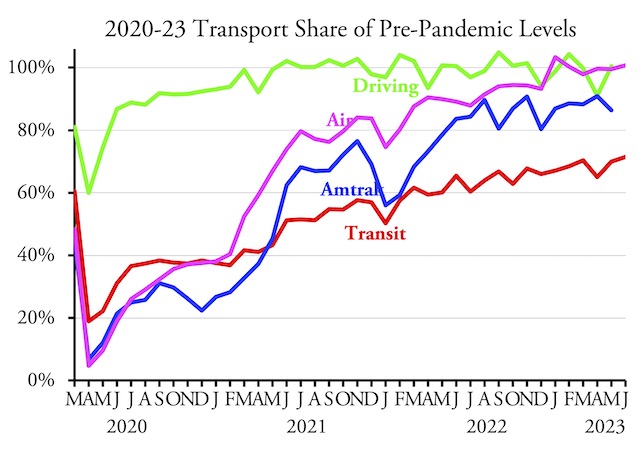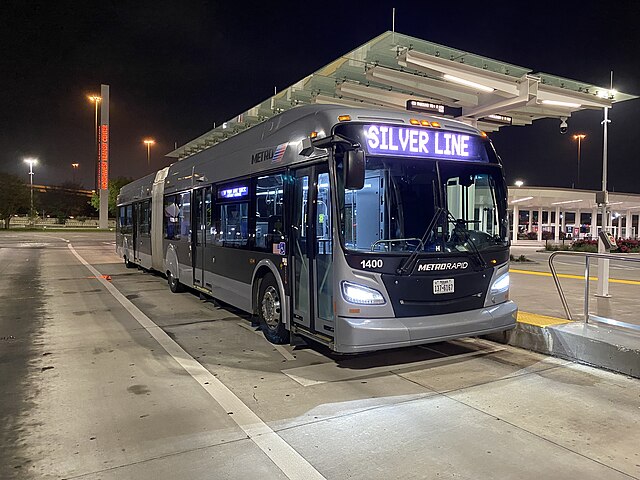As one of the comments to last week’s post noted, a Brightline train killed a pedestrian on the first day of service to Orlando. To be fair, the train that was involved in the accident wasn’t going to Orlando and the accident took place on the old part of the rail line, not the newly built line from Cocoa to Orlando.
But why should we be fair? Brightline has killed around 70 people so far, including 28 in Palm Beach County alone. I don’t have exact month-by-month data, but my sense is that the fatality rate has not been declining. The company says it plans to use government funds to make its line safer, but why should taxpayers have to pay for a supposedly private rail operation? Continue reading

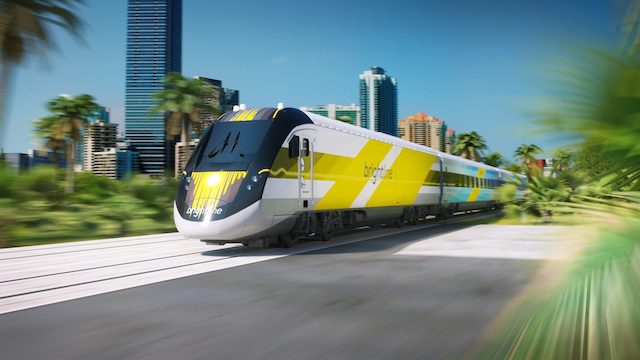
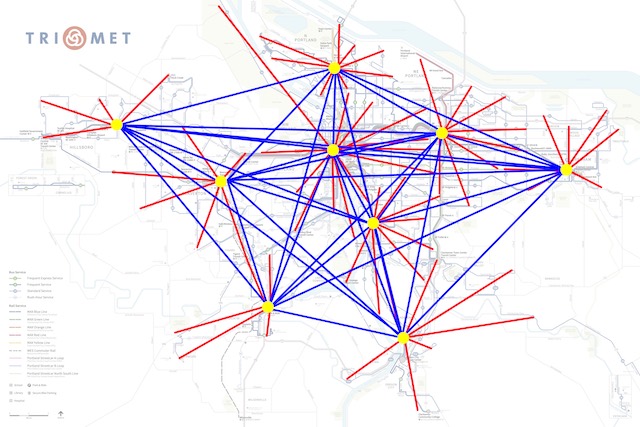
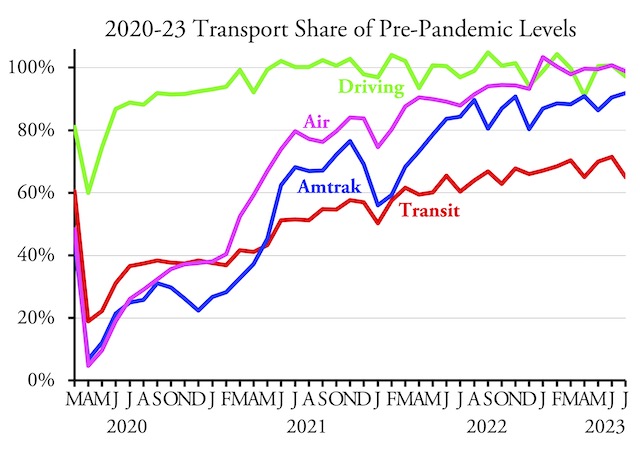
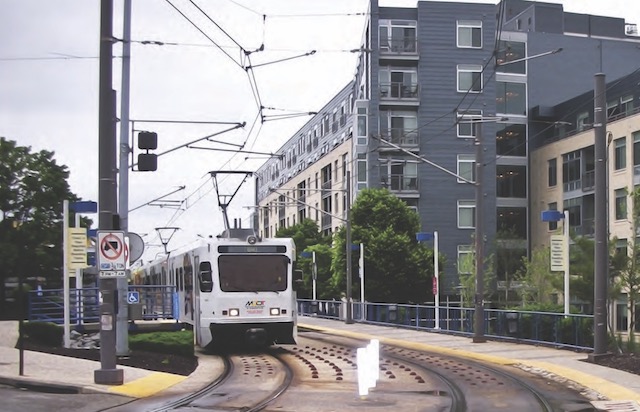
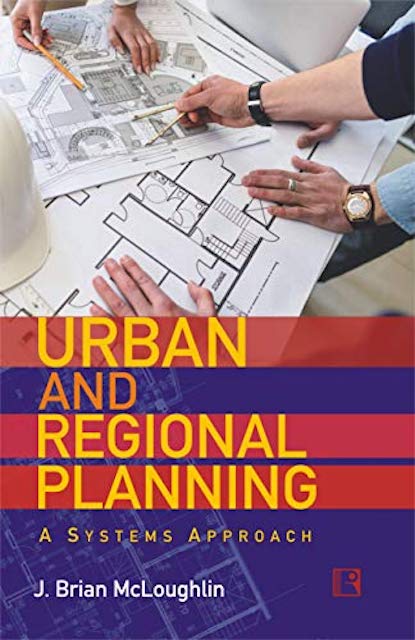 This
This 